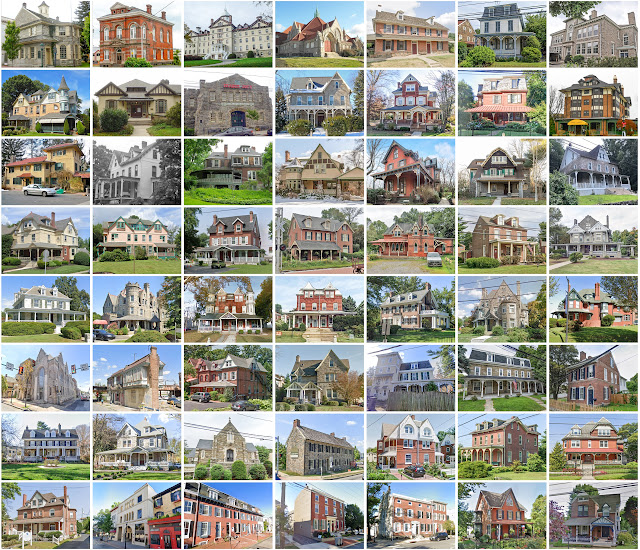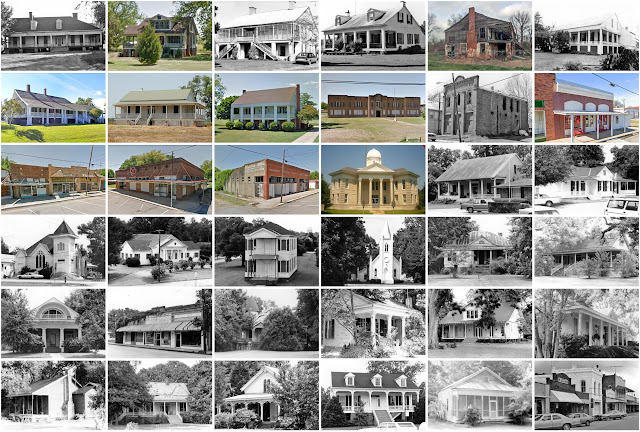Delaware County, Pennsylvania

Founding: 1789 Parent county: Chester Namesake: The Delaware River Seat: Chester (1789–1850); Media (1850–) Land area: 184 square miles Population (2020): 576,830 Population (historic): 9,469 (1790); 19,791 (1840); 39,403 (1870); 94,762 (1900); 280,264 (1930) Periods of population growth: pre-1790–1810; 1820–1970; 1990–2020 Subdivisions: One city; 27 boroughs; ten CDPs; 21 townships National Register listings: 97 Pre-1940 residences (estimated): 49,106 (21.8%) Pre-1940 housing survival rate: 62.9% Pre-1860 housing survival rate (1940): 43.4% Farm housing in disrepair (1950): 3.4% Nonfarm housing in disrepair (1950): 2.4% Average farmhouse value (1930): $6,040 Average outbuilding value (1930): $8,180 Average farmhouse size (1940): 7.4 rooms Number of farms (1920): 1,287 Average farm size (1920): 46.3 acres _________________________________________________________________________________ Chester (ex-seat) Namesake: Chester, England Founding: pre-1682 (founding



